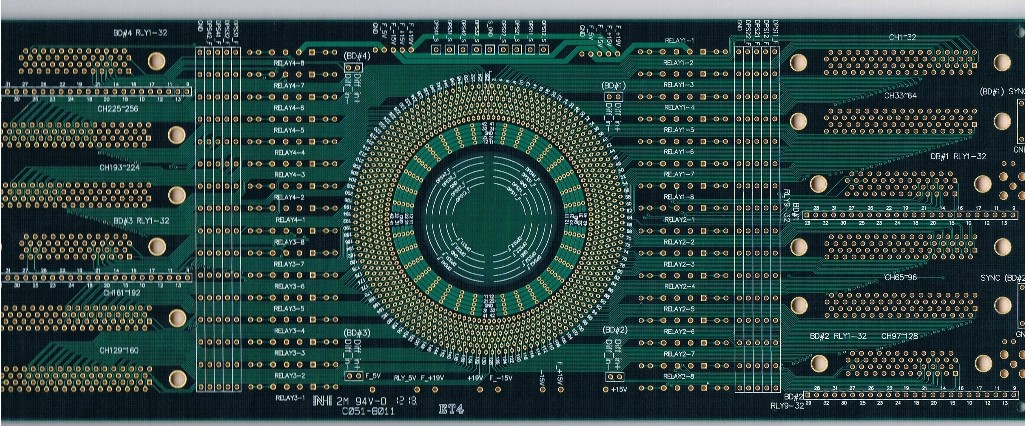What product needs to control PCB line width and PCB current?
For some electromechanical control systems, sometimes the instantaneous current flowing through the wire can reach more than 100A, so the thin wire will definitely be a problem. A basic empirical value is: 10A/mm2, that is, the current value that a wire with a cross-sectional area of 1mm2 can safely pass is 10A. If the line width is too thin, the line will burn if a large current passes. Of course, the traces burned away by the current also need to follow the energy formula: Q=I*I*t, for example, a 10A current trace suddenly appears a 100A current burr, and the duration is us level, so the 30mil line is absolutely acceptable. (At this time there will be another problem? The stray inductance of the wire, this burr will generate a strong back electromotive force under the action of this inductance, which may damage other devices. The thinner the wire, the longer the stray is larger at the device pin When copper is applied to the via pads, the general drawing software usually has several options: right-angle spokes, 45-degree spokes and direct laying. What is the difference between them? Novices often don't care too much, just choose one, it looks good. Actually not. There are two main considerations: one is to consider not cooling too fast, and the other is to consider the over PCB current capability.

The characteristic of the direct laying method is that the pad has a strong overcurrent capability, and the device pins on the high-power loop must use this method. At the same time, its thermal conductivity is also very strong. Although it is good for heat dissipation of the device during operation, it is a problem for circuit board soldering personnel. Because the pad heats up too fast and it is not easy to hang the tin, it is often necessary to use a larger wattage soldering iron, and the soldering temperature is higher, which reduces the production efficiency. The use of right-angle spokes and 45-angle spokes will reduce the contact area between the pins and the copper foil, slow heat dissipation, and make soldering much easier. Therefore, the selection of the copper connection method of the via pad should be based on the application, and the overall current capacity and heat dissipation capacity should be considered comprehensively. Do not lay low-power signal lines directly, and the pads that pass high current must be flat and straight. Shop. As for the right angle or the 45 degree angle, it looks good.
If the via is less than 0.3mm, there is no way to use mechanical drilling. Laser drilling is required, and the production and processing of the plate will be more difficult. So if it is not necessary, the minimum is 0.5mm outside/0.3mm inside. .But like computer motherboards, memory sticks, dense BGA packages, etc., sometimes it may be as small as 14mil/8mil. My personal opinion is that the inner diameter of the hole is generally 1.5 times the line width. Of course, special thick lines (such as power supplies) do not need to control the PCB line width and PCB current.